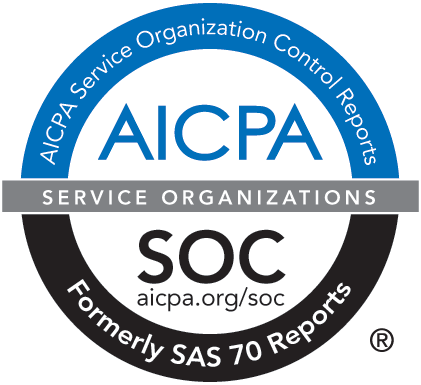Managing Endowments During Crisis
What does endowment management look like in times of crisis?
HighGround Vice President Kellie Morrison was #OutofOffice at this year’s TXCPA Conference and shared some key considerations to keep in mind when managing endowments through volatile times: staying the course, maintaining liquidity, rebalancing portfolios, and maximizing opportunities.
JUMP TO PART 1: Kellie reminds us why we should stay the course.
JUMP TO PART 2: Kellie considers the importance of maintaining portfolio liquidity.
JUMP TO PART 3: Kellie discusses the benefits of portfolio rebalancing.
JUMP TO PART 4: Kellie speaks to maximizing the opportunities market dislocations can afford.
PART 1: Kellie reminds us why we should stay the course.
Transcript: I want to offer up a couple of comments here as it relates to things you can consider – things you can think about - in times like we’ve experienced. First of all, you have created an investment policy statement. That is what was a big part of what we talked about when we created an investment portfolio for our endowment that we structured. We created an investment policy statement that has guidelines. We developed a strategic asset allocation. And that is really what you have to refer back to in times like this. You really have to stay the course. You have to maintain your strategic asset allocation. You have to have a strict adherence to that investment policy and guidelines. You created it for times like this so that you don’t react. Your asset allocation is strategic. You do not have as part of your investment policy a tactical allocation. There is nothing to change or do when times are volatile. And remember you also have a perpetual time horizon. The endowment time horizon is the longest you could possibly have, so you have time on your side to weather the storms that occur.
PART 2: Kellie considers the importance of maintaining portfolio liquidity.
Transcript: Now there are a couple of things that you can think about in times like this. You’re sticking to your knitting and you’re following your investment policies and guidelines, you’re following your strategic asset allocation. But there are things you can do on the margin to help and liquidity may be something you need to look at. You should maintain ample portfolio liquidity to handle your periodic distributions from your endowment. In times like this there may be some unique cash needs that also occur, so looking at liquidity and bringing it up to a level that will cover any anticipated needs you may have.
PART 3: Kellie discusses the benefits of portfolio rebalancing.
Transcript: Rebalancing is something that according to your investment policy statement probably has been triggered during this time period. A strategic asset allocation typically has a range, a plus or minus, a percentage, around a target allocation and this crisis has been dramatic enough that probably some of your asset classes moved outside of their target ranges. In a lot of HighGround portfolios we’ve taken the opportunity to prune recent gains from fixed income asset classes and have reinvested those in public equity at a significantly more attractive valuation. If you’ll recall one of those slides we looked at previously, it was a line graph that had a lot of volatility. Equities are well below their historic valuations and are a very nice buy at this point. Rebalancing can be something that is rebalancing all the way back to your target levels or it could be rebalancing to bring the level just within the range, making sure that you’re not outside of your policy bands and keeping you in compliance with your investment policy. You can also use some of those gains from your fixed income portfolios, for example, to increase the liquidity you need. That is in the previous bullet there. That rebalancing can be used for either adding to undervalued assets or to create that liquidity that’s needed.
PART 4: Kellie speaks to maximizing the opportunities market dislocations can afford.
Transcript: HighGround has some diversified portfolios where we have an opportunistic allocation in place that is not necessarily part of the permanent allocation for the portfolio but, rather, a temporary allocation for times such as these. There are definitely market dislocations that have occurred during this crisis that have created some opportunities. Examples would be distressed credit opportunities, corporate bonds, high yield bonds, and then there are going to be some hedge fund strategies that really capitalize on distressed credit. These opportunistic investments can be used to add to returns and provide diversification benefits. Your investment managers may have brought some of these opportunities up to you. It is definitely a time to look at some of these opportunities.



